

A diabetic foot refers to a variety of foot problems that develop in people with diabetes due to poor blood flow, nerve damage (neuropathy), or infection. High blood sugar levels over time can damage nerves and blood vessels in the feet, leading to numbness, tingling, pain, and reduced ability to heal from even minor injuries. Common signs and symptoms include persistent tingling, loss of sensation, redness, swelling, open sores, and slow-healing wounds. If left untreated, these issues can progress to serious infections and complications, making early detection and care essential.
Common Diabetic Foot Conditions

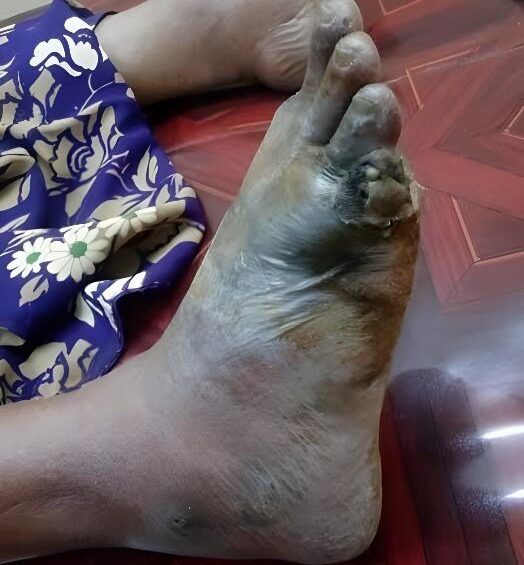
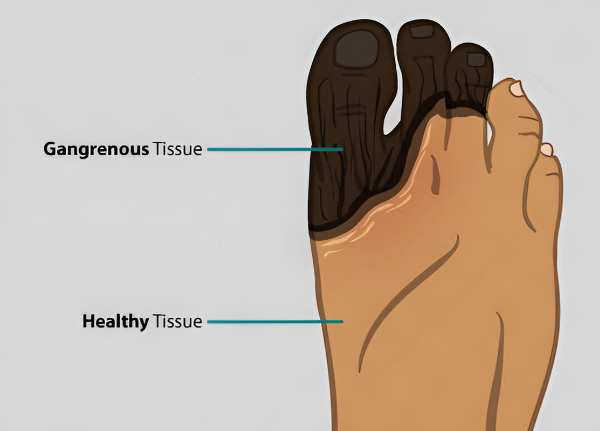
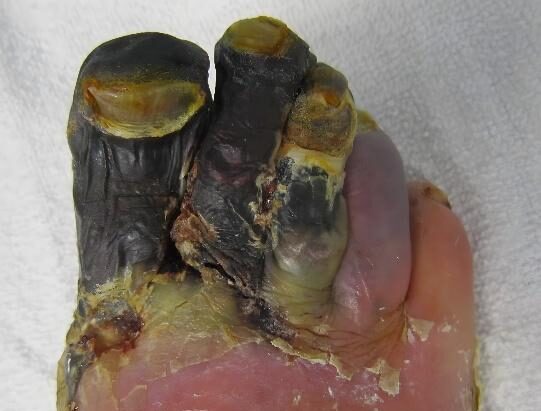
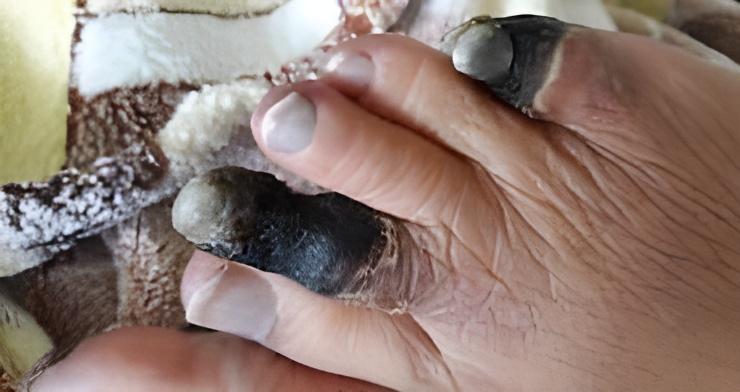
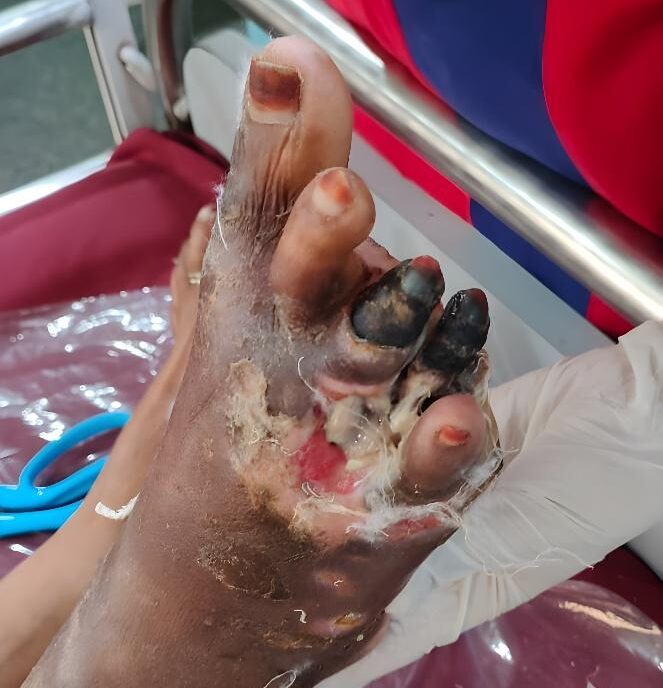
Surgical intervention for diabetic foot is considered when there are severe infections, non-healing ulcers, or gangrene. These conditions can rapidly worsen due to impaired healing and poor blood supply in diabetic patients. Early surgical treatment, such as debridement (removal of dead tissue), is crucial to prevent the spread of infection and avoid major complications like amputation. Delaying surgery increases the risk of life-threatening infections and extensive tissue loss, so prompt evaluation by a specialist is essential when wounds do not heal or signs of infection persist.
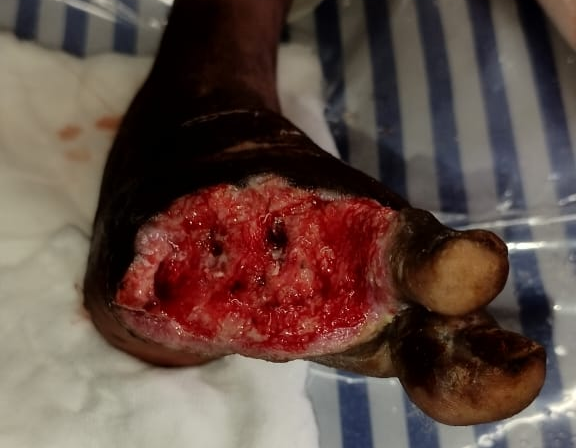
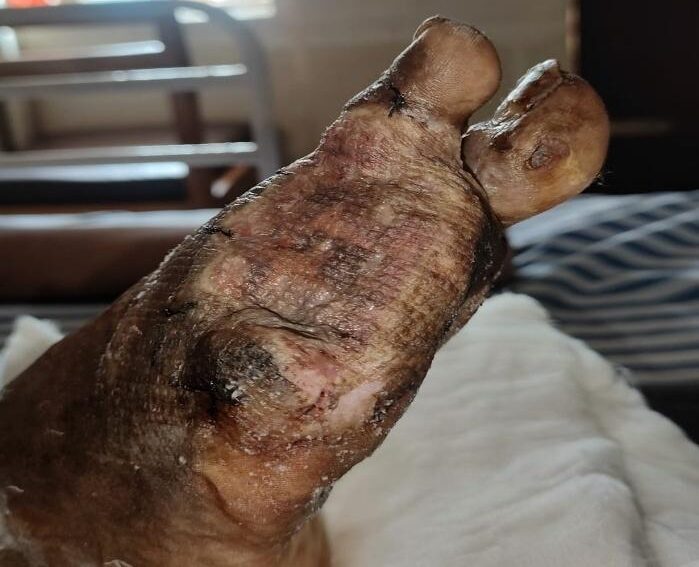
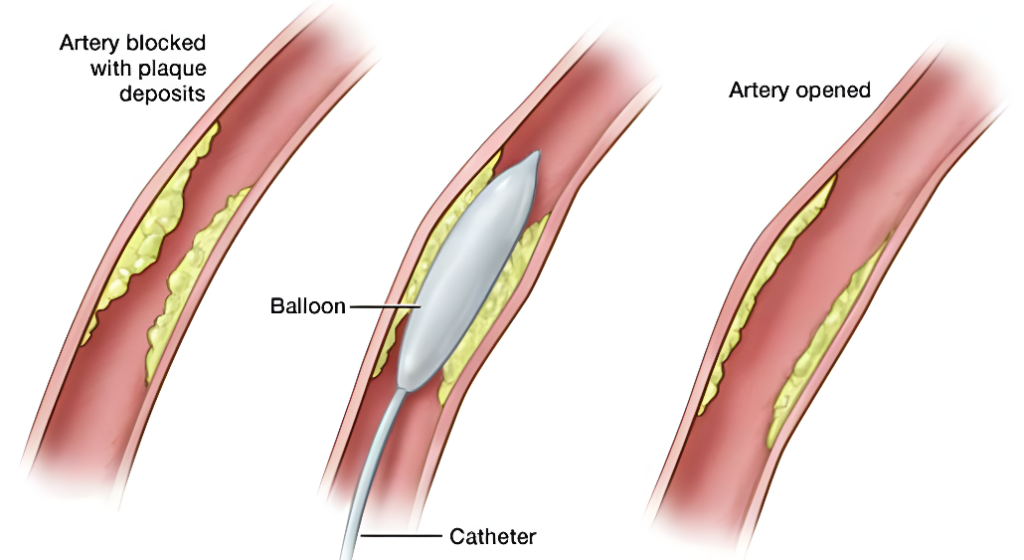
Early diagnosis and proper foot care are vital to prevent serious complications in diabetic foot conditions. If you have persistent foot wounds or signs of infection, consult “Vizag Surgicare” for expert diabetic foot care and treatment. Prompt action can make all the difference in preserving foot health and quality of life.
Mobile No 1 : +91-77029 50513
Mobile No 2 : +91-9848638615
Mobile No 3 : +91-9849239213
First Floor, Mohan Medical Shop, Seethammadhara (NE), Visakhapatnam-530013
info@vizagsurgicare.com
WhatsApp us